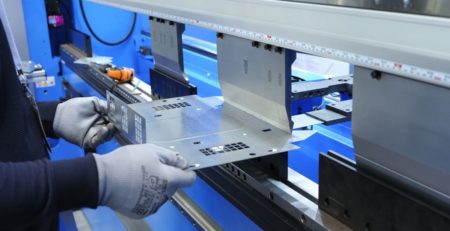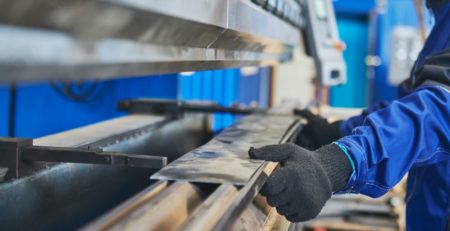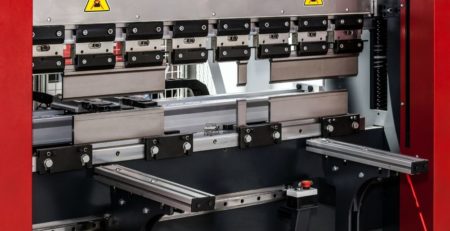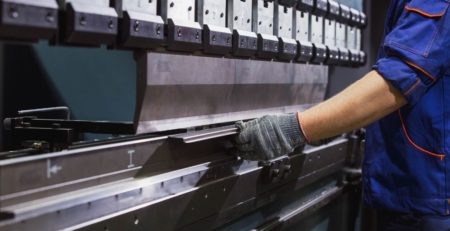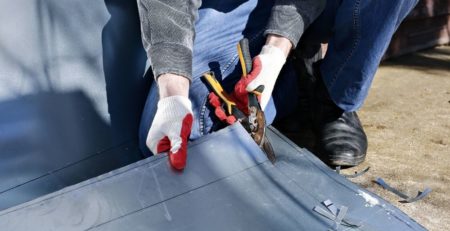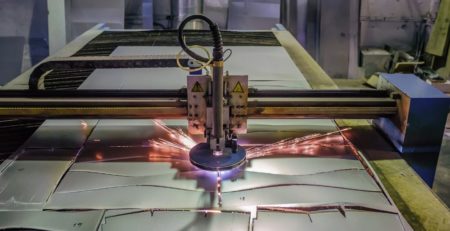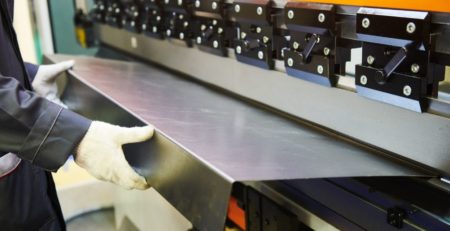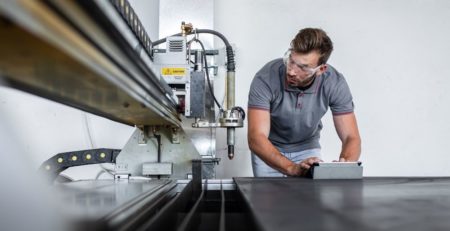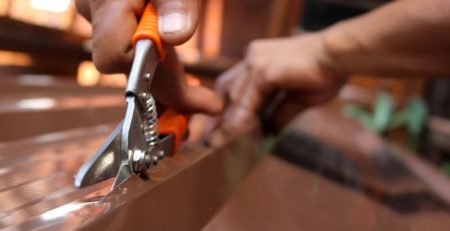What You Should Know About Welding in Space
Since the beginning of the space age, engineers have devised ways to complete spacecraft construction and repairs that would work in the vacuum of space. The International Space Station was assembled from parts sent into orbit separately. Astronauts repaired the flawed Hubble telescope. NASA has even developed a special handheld laser to perform welds in tight spaces in zero gravity.
What you should know about welding in space includes how to cope with zero gravity, how to select techniques that don’t produce heat, and how to choose methods that can work in a vacuum.
First Attempts
The first astronauts to attempt welding in space were Russians Georgi Shonin and Valeri Kubasov. In 1969, they tested three different methods of welding from within their spacecraft. They weren’t skilled welders, and the experiment required them to use remote controls to operate their “Vulkan furnace” welding tool.
They tried low-pressure plasma arc welding, electron beam welding, and consumable electrode welding. In the process, they nearly burned through their capsule, which would have meant certain death. Fortunately, the capsule held together.
Challenges of Zero Gravity
While welders have always used clamps and other tools to hold workpieces together, additional tools are necessary to hold the workpieces, tools, and astronauts in place to complete the job in the zero-gravity environment of space.
Tools floating around a space capsule are dangerous and could damage sensitive equipment. If you lose control of a tool while outside the capsule on a spacewalk, it’s gone forever.
Cold Welding
In the vacuum of space, it’s difficult to control shielding gases or generate heat using traditional welding methods. Cold welding requires astronauts to remove all oxidation from two similar metals and apply sufficient force to bond the parts to each other by exchanging electrons. It only works if you are welding together the same types of metal and there’s no oxygen present.
In fact, without the protective coating of oxygenation, parts made of the same type of metal will stick together in space fairly easily. The atoms in each part have no way of knowing they are separate pieces in a vacuum, so they stick together. Gemini IV astronauts had trouble closing their capsule’s hatch after a spacewalk, possibly due to metal parts of the same substance sticking together. Spacecraft designers must be conscious of this phenomenon when selecting materials for construction.
New Methods
NASA has developed new welding techniques for use in space that use induction or friction to create heat to weld parts and lasers to attach small parts to each other.
Metalworking shops have used lasers for decades to cut or engrave metal. Laser tube cutting machines can cut lengths of metal tubes but can also cut flat pieces, create precision holes in metal, and cut angled pieces so long as they can be fed through the machine.
These machines are too big to launch into space, but the theory of using laser light to cut metal has proved useful to NASA through licensing of its handheld laser.
Earthbound welders can learn what to know about welding in space, but they’ll need to learn new techniques and understand how to use new tools to ply their trade in the vacuum of space and in zero gravity.



